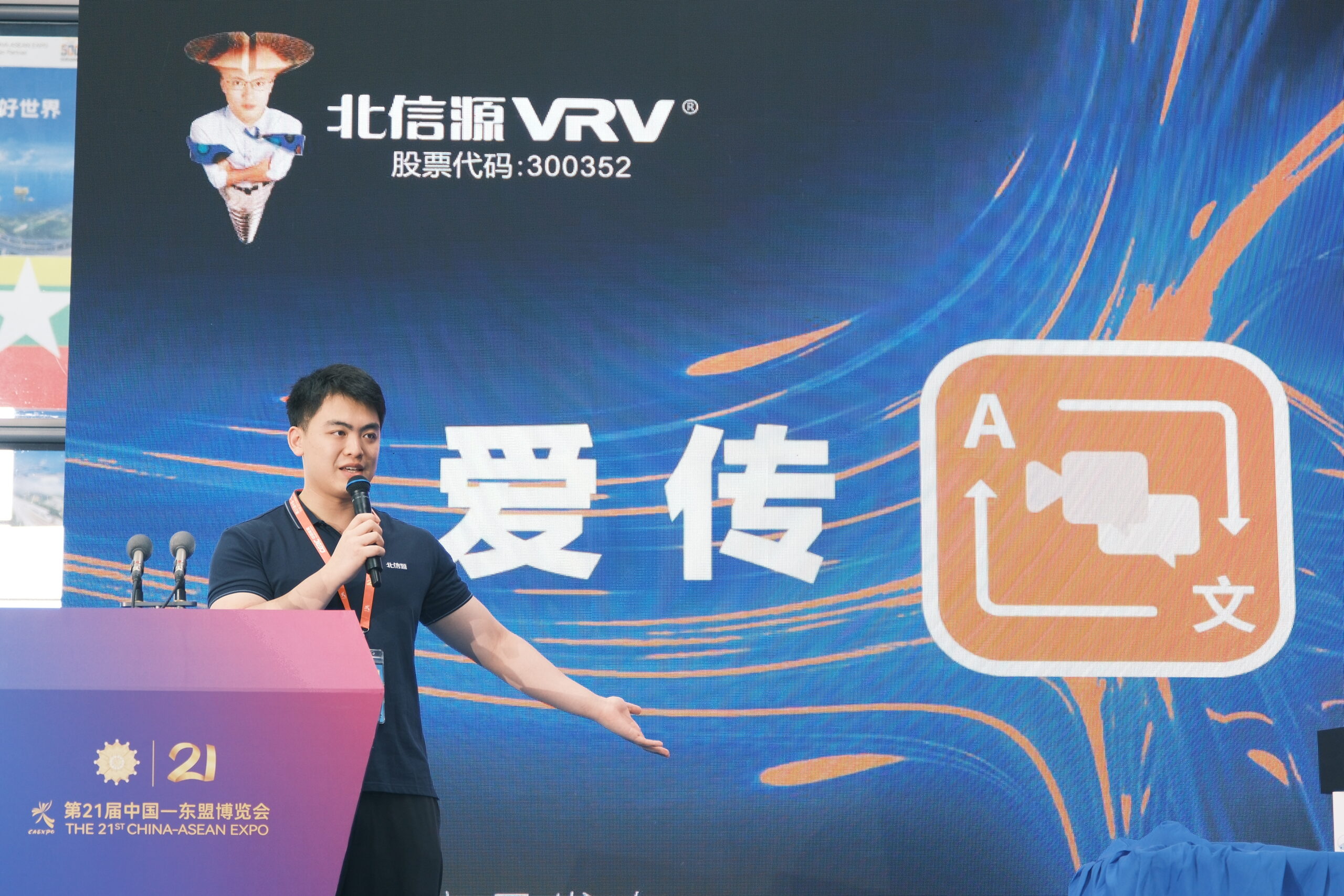A New Era for Polish AI Innovation
Poland has taken a significant step in artificial intelligence (AI) by developing large language models (LLMs) tailored specifically for the Polish language. This initiative aims to bridge the linguistic and cultural gaps that often exist in global AI models, ensuring that Polish nuances are accurately represented and understood.

The Birth of PLLuM: Poland’s Own Large Language Model
In November 2023, Poland introduced the Polish Large Language Universal Model (PLLuM), marking a milestone in the country’s AI landscape. The consortium behind PLLuM consists of six leading research institutions:
- Wrocław University of Science and Technology (Consortium Leader)
- NASK National Research Institute
- National Information Processing Institute – National Research Institute
- Institute of Computer Science of the Polish Academy of Sciences
- University of Łódź
- Institute of Slavic Studies of the Polish Academy of Sciences
The primary goal of PLLuM is to develop an open-access Polish LLM and an intelligent assistant trained primarily on Polish texts. This effort is crucial in addressing the lack of AI models proficient in Polish, ensuring their application in public administration, research, and the private sector. With a strong focus on ethical AI development, PLLuM aims to be transparent, fair, and representative of the Polish language and culture.

Introducing Bielik: Poland’s Advanced NLP Model
Another significant development in Poland’s AI space is Bielik 7B v0.1, launched in October 2024. Bielik is a 7-billion-parameter generative text model designed exclusively for Polish natural language processing. Developed by SpeakLeash, an open-science project, and ACK Cyfronet AGH, a high-performance computing center, Bielik was trained on a curated Polish-language corpus.
Bielik incorporates advanced AI techniques such as Weighted Instruction Cross-Entropy Loss and Adaptive Learning Rate, significantly enhancing its ability to understand and generate Polish text with greater accuracy and fluency.
Poland’s Strategic AI Investment
Recognizing the transformative power of AI, the Polish government announced a 1 billion PLN ($240 million) investment in AI development in November 2024. This initiative is aimed at:
- Boosting economic competitiveness
- Strengthening national security
- Advancing domestic AI capabilities
A significant portion of this funding supports projects like PLLuM and Bielik, showcasing the government’s commitment to creating AI solutions tailored to Poland’s unique linguistic and cultural needs.

Frequently Asked Questions (FAQ) About Polish AI Models
1. Why is there a need for Polish-specific language models?
Most global AI models are trained primarily on English and other major languages, often lacking depth in Polish language processing. Polish-specific models ensure that linguistic nuances, grammar, and cultural contexts are accurately reflected, enhancing AI applications for Polish users.
2. What are the potential applications of these Polish AI models?
Polish language models can be used for:
- Government services (e.g., automated public administration systems)
- Customer service chatbots
- Machine translation improvements
- Educational tools
- Content generation and media
- Healthcare applications (e.g., medical chatbots, document processing)
3. How do these models ensure ethical AI development?
Projects like PLLuM follow responsible AI principles, ensuring:
- Transparency (open-access models for public scrutiny)
- Fairness (avoiding bias in training data)
- Data security and user privacy
By maintaining these ethical standards, Poland’s AI models are positioned as trustworthy and reliable.
4. What makes Bielik different from other language models?
Unlike general-purpose AI models, Bielik is built specifically for Polish, incorporating a vast dataset of Polish text and utilizing advanced AI techniques. Its 7-billion-parameter architecture allows for a high level of accuracy in text generation, making it one of the most advanced Polish language models available.
The Future of AI in Poland
Poland’s strategic push toward developing native AI models like PLLuM and Bielik signals a strong commitment to preserving linguistic heritage while embracing cutting-edge technology. These advancements position Poland as an emerging leader in AI, ensuring that its language and culture are well-represented in the global digital landscape.
As AI continues to evolve, Poland’s investment in localized AI solutions will not only benefit Polish businesses and institutions but also contribute valuable insights to the broader AI community worldwide.
Sources Notes From Poland


